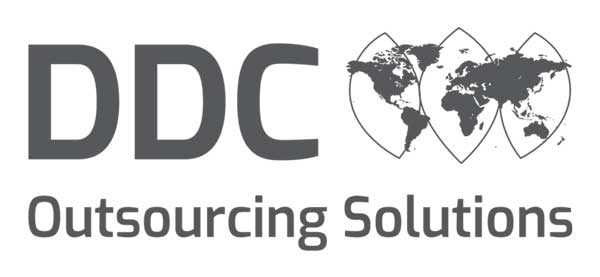The Impact for Customers and Energy Suppliers
The global cost of living crisis has had a profound impact on consumers and businesses alike. Consumers are struggling to pay for life’s essentials whilst business leaders are dealing with supply chain issues, resource costs and rising competition.
The challenging environment has prompted government officials and regulatory bodies to act, imposing price caps on energy costs and previously offering supplements to help customers in covering the cost of energy.
What is the Energy Price Cap?
As energy bills have continued to rise during the cost-of-living crisis, the “price cap” has become a hot topic among worried households. Yet, despite this, around 54% of customers still aren’t sure what the “price cap” is or how it affects them.
The energy price cap was introduced in 2019 to place limitations on the maximum amount energy suppliers can charge consumers on “default tariffs”. It aimed to ensure that consumers could compare vendors effectively and evaluate deals easily.
Now that cheaper fixed rates have almost disappeared from the market, the energy price cap is more important to consumers than ever before, with millions of households sitting on a default tariff.
The price cap consists of various costs, including the wholesale cost of electricity and gas, the cost of supplying energy and VAT. Notably, the cap controls the amount a supplier can charge for each kilowatt hour of electricity and gas, as well as standing charges – it doesn’t guarantee any consumer’s annual bill will be below a certain amount.
The 2023-2024 Price Cap Changes Household energy bills increased by 54% during 2022, despite the best efforts of government and regulatory bodies. However, in Autumn 2023, Ofgem announced an impending update to the price cap, which is now set to fall to under £2,000 per year for the first time in 18 months. From October 2023, the cap will be reduced from an average of £2,074 per year to £1,923 per year. This number is based on a “typical household energy bill”. For energy companies, the cap may seem like a worrying concept, reducing potential profits and placing more pressure on their bottom line. However, it also represents an opportunity for energy brands to reignite the loyalty of their consumers and improve long-term retention rates.
The Growing Focus on Customer Experience
Ofgem’s decision to lower the energy price cap is part of a much broader overall strategy to improve customer experience in the energy sector. Earlier this year, the organisation introduced a variety of new rules for energy teams to follow when interacting with consumers.
For instance, starting this year, Ofgem will require energy companies to offer more comprehensive service to consumers across a range of channels (such as voice, text, and chat). Additionally, they are demanding 24/7 service for emergency situations, alongside an increased focus on assisting vulnerable customers with payment issues.
Ofgem is also exploring other ways to repair the fractured relationships between consumers and their energy suppliers. For instance, compensation for consumers and businesses that lose power due to bad weather events has almost tripled.
The maximum compensation consumers can receive due to severe storms has now increased to around £2,000, up from £700. This change follows a review of how distribution network operators responded to Storm Arwen in 2021, which left 40,000 consumers across the UK without power for more than three days.
What Will Energy Suppliers Need to Do Next?
- Invest in preparation: As compensation for outages increases, energy companies will need to take extra precautions to ensure they’re prepared for unexpected issues.
- Expand the customer service team: Ofgem will now require energy companies to deliver 24/7 service for emergencies, as well as comprehensive support across a variety of channels. This could mean not only hiring and training additional in-house staff but leveraging outsourced support from experts to ensure round-the-clock service.
- Leverage analytics: Going forward, energy companies will be required to share insights into their customer experience metrics and satisfaction scores. Investing in robust analytical tools will help businesses detect potential causes of diminished customer satisfaction, so they can take a data-driven approach to growth.
- Prioritise customer loyalty: When consumers look to switch energy suppliers again, they’ll make decisions based not just on pricing, but on the customer service companies can provide.
- Be ready to innovate: Leveraging self-service AI tools, omnichannel communication methods and robust AI solutions for insights will help to give these businesses a competitive edge.
As ever, the utilities landscape is one of change, but this change can be really positive for suppliers and customers alike. Here at DDC OS, we are specialists in utilities outsourcing. We have supported new entrants, challenger brands and market leaders in delivering exceptional customer service and an efficient back-office operation focused on continuous improvement. Why not see how we could help you…




